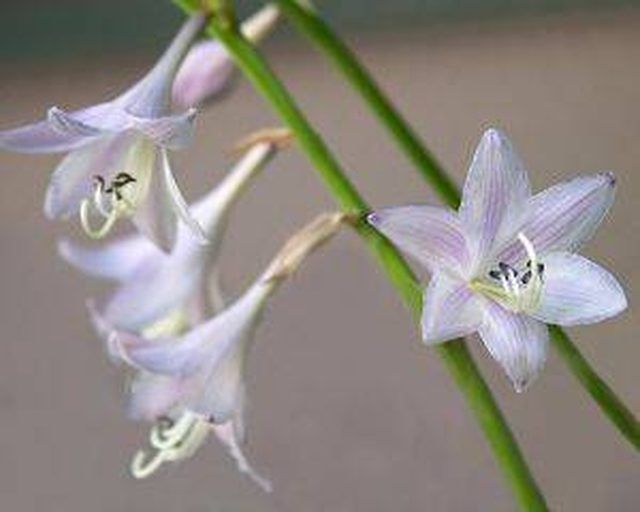Bulbs
Flower Basics
Flower Beds & Specialty Gardens
Flower Garden
Garden Furniture
Garden Gnomes
Garden Seeds
Garden Sheds
Garden Statues
Garden Tools & Supplies
Gardening Basics
Green & Organic
Groundcovers & Vines
Growing Annuals
Growing Basil
Growing Beans
Growing Berries
Growing Blueberries
Growing Cactus
Growing Corn
Growing Cotton
Growing Edibles
Growing Flowers
Growing Garlic
Growing Grapes
Growing Grass
Growing Herbs
Growing Jasmine
Growing Mint
Growing Mushrooms
Orchids
Growing Peanuts
Growing Perennials
Growing Plants
Growing Rosemary
Growing Roses
Growing Strawberries
Growing Sunflowers
Growing Thyme
Growing Tomatoes
Growing Tulips
Growing Vegetables
Herb Basics
Herb Garden
Indoor Growing
Landscaping Basics
Landscaping Patios
Landscaping Plants
Landscaping Shrubs
Landscaping Trees
Landscaping Walks & Pathways
Lawn Basics
Lawn Maintenance
Lawn Mowers
Lawn Ornaments
Lawn Planting
Lawn Tools
Outdoor Growing
Overall Landscape Planning
Pests, Weeds & Problems
Plant Basics
Rock Garden
Rose Garden
Shrubs
Soil
Specialty Gardens
Trees
Vegetable Garden
Yard Maintenance
How to Grow Hostas Indoors
How to Grow Hostas Indoors. Hostas are flowering plants that originated in Southeast Asia. They were imported to Europe in the 1700s and to the U.S. in the 1800s. They can be grown outdoors in cool climates or in cool, shady spots in warmer climates. Hostas can be grown indoors if they are given the right lighting conditions. They are...

Hostas are flowering plants that originated in Southeast Asia. They were imported to Europe in the 1700s and to the U.S. in the 1800s. They can be grown outdoors in cool climates or in cool, shady spots in warmer climates. Hostas can be grown indoors if they are given the right lighting conditions. They are low-maintenance plants that need little attention in order to thrive. They rarely need fertilizer and they don't need a high humidity level.
Choose potting soil with a high level of organic materials to keep it loose and well draining. If the potting soil is heavy, add some peat moss or compost to it to make it drain better.
Pick a large pot that will hold a plant that is 2.5 feet wide. A healthy hosta will reach this size and will need a large pot size to contain the large root ball of the full-grown plant. Some indoor hosta growers use a plant trough that will accommodate the wide plant. Add the potting soil to the pot without packing the soil tightly.
Place the pot in an area that gets indirect sunlight. Outdoors, hosta plants prefer shade and can be damaged by too much direct sunlight. Indoors, the plant should be placed in a cool area that is away from direct sunlight.
Plant your hosta in the pot, keeping all of the leaves above the soil. Avoid crushing any of the roots in the process. The roots should be separated from each other gently if the plant is root bound to allow the roots to establish themselves more easily.
Water the hosta thoroughly until the water drains through the bottom of the pot. This will help the roots to spread out into the soil. Once the soil has been watered, spread a light layer of bark mulch over the top of the soil. This will help to keep the soil moist for longer periods of time.
Fertilize your hosta every spring with an extended release fertilizer. Cut away any dead leaves and deadhead any dead flowers. This will keep the flower's energy concentrated on the healthy stems, leaves and flowers and keep the plant producing more flowers.